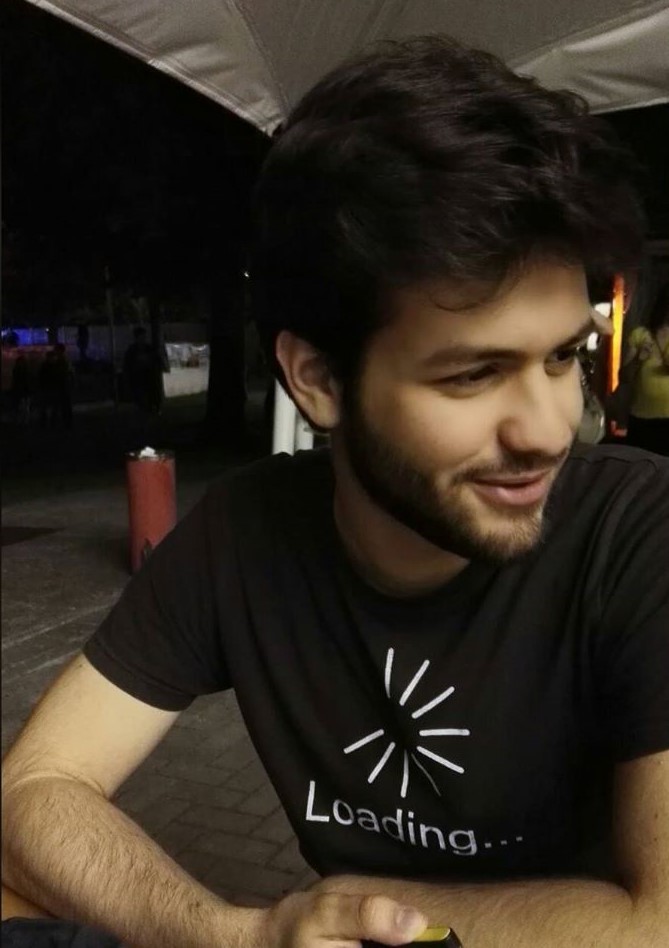The top 5 museums exploiting digital technologies to involve users

“In theory, contemporary art institutions cover all kinds of contemporary art,” say Beryl Graham and Sarah Cook, “but in practice, they don’t.” Digital art is complex to grasp, and many museums are still hesitant about its conservation and preservation. Despite this, they retain authority acting as what media artist Vuk Ćosić jokingly calls “seals of approval.” While institutions provide one out of many contexts to experience digital art, their role in historicizing and discussing media-related critical discourses is not interchangeable because of the ensemble of publications, documentation, and collections they hold. Here is a list of 18 museums that shape the scene of digital art through their shows, commissions, acquisitions, and residencies, as well as the promotion of innovative methods of curation and new forms of display and interaction with the public.
1. Whitney Museum of American Art (New York, US)
It is no coincidence the Whitney Museum is a leading agent of digital art. With media art emerging primarily in the US in the 1960s as part of collaborations between artists and tech companies, or science labs, the relation to American art is undoubtedly present. Under the guidance of Adjunct Curator of Digital Art, Christiane Paul, the Whitney now shows the indispensable exhibition Programmed: Rules, Codes, and Choreographies in Art, 1965–2018, a span over fifty years of linking current practices in coding and computation to conceptual art from the late sixties. This show follows a long legacy of exhibitions organized since the creation of its Artport in 2001 including BitStreams (2001), Data Dynamics (2001), CODeDOC (2002), Cory Arcangel: Pro Tools (2011).
2. ZKM Center for Art and Media (Karlsruhe, Germany)
Often referred to as the “Electronic or Digital Art Bauhaus,” the ZKM captures the development of all media relevant to our digital age — may it be through painting, photography, video, performances, installations, and other time-based creations. Thanks notably to the incredible work of curator Peter Weibel, the ZKM has provided with some of the earliest and most relevant exhibitions on digital art: net condition (1999), Ctrl [Space], Rhetorics of Surveillance from Bentham to Big Brother (2001–2), Future Cinema: The Cinematic Imaginary after Film (2002), Algorithmic Revolution. On the History of Interactive Art (2004), and The Algorithm of Manfred Mohr. 1963 — now (2013).
3. New Museum (New York, US)
With the mission to foster cross-cultural dialogue, respect, and mutual understanding, the New Museum is a central venue for contemporary art in New York. The museum’s taste for audacity, as well as its lasting interest for video art, makes internet and new media art obvious curatorial choices. After the show Open_Source_Art_Hack that Steve Dietz and Jenny Marketou curated in 2002 and solo exhibitions of video pioneers like Pipilotti Rist, the venue presents a new generation of artists working with computer-generated images such as Agnieszka Polska, Gregory Kalliche, and Eva Papamargariti, not to mention the CAD sculptures of Marguerite Humeau.
4. Walker Art Center (Minneapolis, US)
The Walker Art Center counts as one of the early players in the field of digital art, and this certainly has to do with Steve Dietz who curated new media at the institution between 1996 and 2003. Dietz notably organized some of the first online exhibitions such as Beyond Interface: net art and Art on the Net (1998) and Shock of the View: Artists, Audiences, and Museums in the Digital Age (1999). He also developed the traveling show Telematic Connections: The Virtual Embrace (2000–2002) and Translocations (2003). During this period the museum also founded the New Media Initiatives department, the online art Gallery 9, and the digital art study collection.
5. Museum of Modern Art and MoMA PS1 (New York, US)
It is in the 1960s that the MoMA started its pioneering collection of time-based art, followed in 2006 with the opening of a department dedicated to new media implementing specific exhibition modes and answering to the new preservation needs technology requires. After the exhibition Animations (2002), and Thinking Machines Art and Design in the Computer Age, 1959–1989 (2018), the museum will exhibit this spring (March 17th — June 15th) a show on art and technology, reflecting on the interdependence between hardware and software, the physical and the immaterial.
If you want to know the potential of a digital implementation in your museum, call us! MuHu staff will be delighted to help you to build together an interesting solution!

Paulo Roiz Cerro
Great explaination, Davide!
Reply
Yu Ming
I don't share the writer's pov at all
Reply